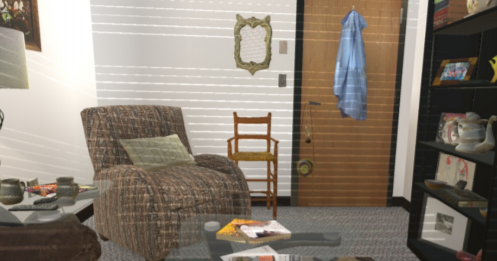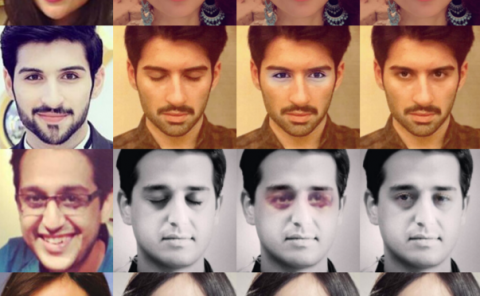Virtual replicas of real places: Experimental investigations
PubDate: Dec 2018
Teams: Virginia Tech
Writers: Richard Skarbez, Doug A. Bowman, J. Todd Ogle, Thomas Tucker, Joseph L. Gabbard
PDF: Virtual replicas of real places: Experimental investigations

Abstract
The emergence of social virtual reality (VR) experiences, such as Facebook Spaces, Oculus Rooms, and Oculus Venues, will generate increased interest from users who want to share real places (both personal and public) with their fellow users in VR. At the same time, advances in scanning and reconstruction technology are making the realistic capture of real places more and more feasible. These complementary pressures mean that the representation of real places in virtual reality will be an increasingly common use case for VR. Despite this, there has been very little research into how users perceive such replicated spaces. This paper reports the results from a series of three user studies investigating this topic. Taken together, these results show that getting the scale of the space correct is the most important factor for generating a “feeling of reality”, that it is important to avoid incoherent behaviors (such as floating objects), and that lighting makes little difference to perceptual similarity.



